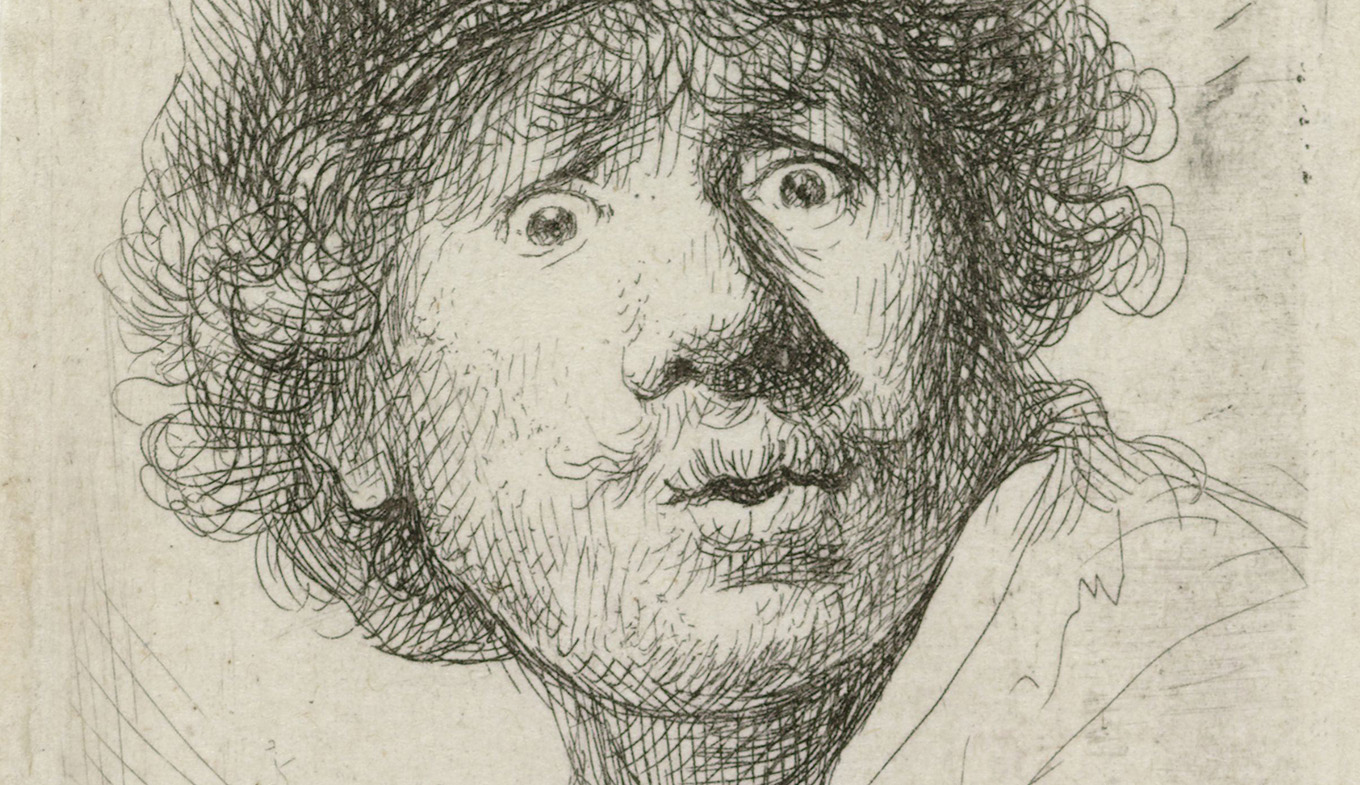
Largest collection of Rembrandt etchings - May 21, 2024
It is the largest collection of Rembrandt etchings ever to be seen in the Netherlands. More than 200 masterful etchings from the collection of Rembrandt collector Jaap Mulders will fill the Westfries Museum in Hoorn from 22 June to 3 November 2024. The emptied museum is taking the opportunity to be a Rembrandt museum for four months due to the delayed renovation. In addition to Rembrandt's masterful technique, the exhibition also highlights his almost photographic compositions. Rembrandt had an eye for the perfect picture like no other artist of his time: like a photographer avant la lettre.
There is no 17th-century painter who made as many etchings as Rembrandt van Rijn. He made about 300 of them. And he did everything himself, from sketching and etching to printing. During his lifetime, Rembrandt was much better known for his prints than for his paintings. Etchings could be printed in large quantities, which made it easier for him to reach the public than with his oil canvases. Maybe that's why he made so many, they also provided extra income.
International fame
Rembrandt was one of the first artists to sell the various intermediate phases (states) of his work. The larger prints fetched an average of 8 to 10 nickels, with peaks of up to 100 guilders, a fortune in those days. Rembrandt made his most famous etchings, Christ Heals the Lepers, The Three Crosses and the well-known Portrait of Jan Six, around 1648 when he was in his early forties. He printed them on extremely expensive Japanese paper. More than 200 of Rembrandt's etchings can be admired at the exhibition in the Westfries Museum. Supplemented with etchings by related artists. In this way, the exhibition not only gives a good and representative picture of Rembrandt's masterly etching oeuvre, but also of his artistic sources of inspiration. And of the influence he had on other artists. Like Ferdinand Bol, who learned the intricacies of etching in his workshop as an apprentice.
225 original Rembrandt etchings
But the exhibition also makes it clear that one Rembrandt etching is not the other. Rembrandt's etchings were so popular during his lifetime that other artists made copies of them. And sometimes they are so good that you can hardly distinguish them from the original. And what about later prints using Rembrandt's etching plates? Of these, 80 have been preserved. In the 19th century, they were still regularly used for printing. Examples of this can also be seen at the exhibition. All artworks in the exhibition come from the collection of Jaap Mulders. Never before has his collection been shown in its full breadth. This former entrepreneur and art lover bought his first Rembrandt etching in 1997 and has since been completely captivated by Rembrandt's 'phenomenal works of art on the square centimetre'. His collection now includes 225 original Rembrandts: etchings made and printed by Rembrandt himself, plus an extremely rare copper etching plate, of which only 80 have survived worldwide. It is a portrait of the Remonstrant preacher Jan Uytenbogaert.
Photographic compositions
What fascinates Jaap Mulders in Rembrandt's etching is his well-observed incidence of light and his perfect sense of depicting the right, most emotional moment. "If Rembrandt had been alive today, he would undoubtedly have been a photographer," says Mulders. "With that great eye for just that one moment and for those seemingly superfluous, but oh so important details, which make the picture perfect. Like that pooping dog in the etching of The Good Samaritan. It makes images so imaginative, so layered, just like a good photograph does."
Photoshopping
At the heart of the exhibition is a presentation in the museum's temporary exhibition space, which gives an overview of Rembrandt's life and his rich etching oeuvre. Jaap Mulders explains Rembrandt's photographic eye on the basis of a number of striking examples and shows that the artist was already 'photoshopping'. This presentation is in fact the viewing guide for the rest of the exhibition, which is shown thematically in various rooms throughout the museum. Almost all of Rembrandt's work underlines the title of the exhibition. His self-portraits, there are more than 20 on display, are in fact selfies. And just as Ed van der Elsken did in the 1960s, Rembrandt captured the Amsterdam of his time in his portraits of beggars and well-known Amsterdammers, and in his landscapes from the city's surroundings.